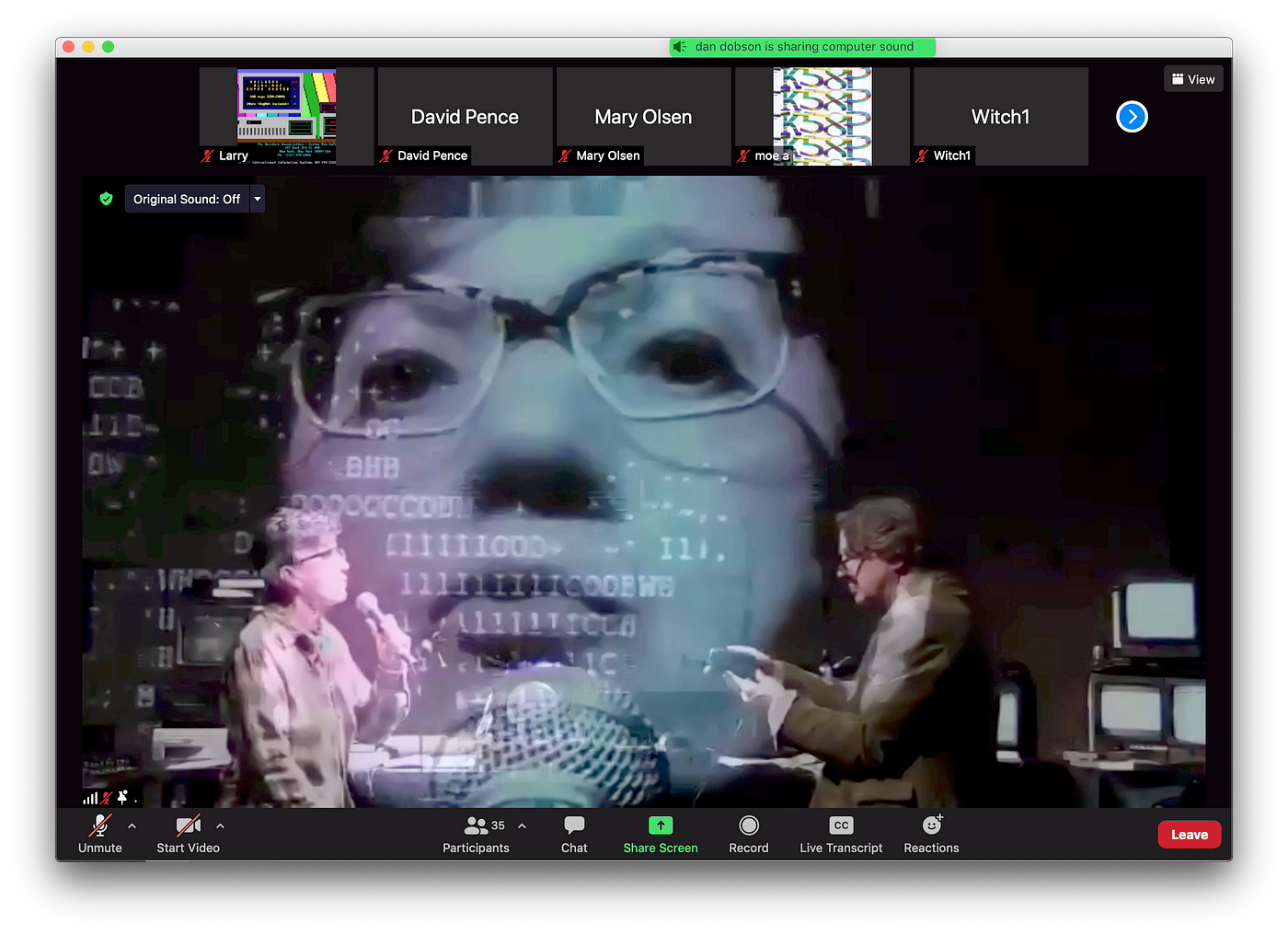
[Original publication: No Proscenium, 3/29/22]
The original Mechanical Turk was a sophisticated hoax: constructed in 1770 by Hungarian inventor Wolfgang von Kempelen, the Turk was a fake chess automaton. What seemed like an intelligent machine was actually a device that concealed a human chess master within it, playing against opponents without their knowledge. This secret was upheld for more than 80 years, as the Turk toured throughout the Americas and Europe.
Get Laura Hess’s stories in your inbox
Join Medium for free to get updates from this writer.
SubscribeSubscribe
150 years after its fiery destruction, the Mechanical Turk term was resurrected… by Amazon. The Mechanical Turk (MTurk) platform consists of jobs outsourced online, often posted by corporations and universities. Known as Human Intelligence Tasks (HITs), these mundane, repetitive, and tedious tasks (often worth pennies) cannot be completed by a computer (although HITs sometimes function as testing for artificial intelligence technology).
This globally crowdsourced, unregulated, and predatory labor market serves as the narrative foundation for I Agree To The Terms, a remote experience by The Builders Association in collaboration with real MTurk workers. A blistering and brilliant production, I Agree To The Terms blends non-fiction storytelling with a dynamic, interactive framework that illuminates the internet’s ethical black holes.
Citing key players in its development, such as Stewart Brand, Art Kleiner, and John Perry Barlow, the show launches with a fast-paced, excerpted history of the Web. Declarations from 1996 of how the internet will unite and democratize the world sound acutely familiar to today’s proclamations for Web3. The show’s second act integrates live, personal tales of MTurkers (Sybil is a verifiable rockstar), as the audience wades into the surreal world of MTurk.
Designed for and about the internet, the production needs to be experienced online and is a prime example of remote theatre at its most innovative and engaging. Imbued with humor, I Agree To The Terms confronts the dark horrors of capitalism without any semblance of preaching. It’s digital theatre at its best: profoundly human.




















Discussion